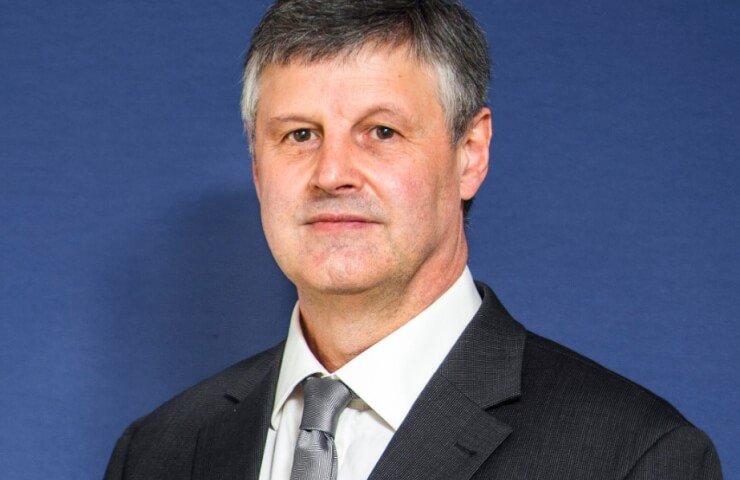According to Worldsteel CEO Edwin Basson, three things have happened recently that have accelerated the industry's ability to decarburize. It may take 20-30 years of investment in new process innovations, along with ubiquitous green hydrogen and carbon capture and storage, to achieve zero emissions, but the iron gates have been thrown wide open to new opportunities as a result of the confluence of events.
Firstly, in 2020, Chinese President Xi Xinping promised that the world's largest steel producer, with 57% of global production (China was the first to achieve a production level of more than one billion tons that year), would achieve carbon neutrality by 2060, and also will not see growth in CO2 emissions by 2030.
Along with China's starting weapons, the US regime's transition two years ago to a more global leadership focusing on decarburization "has resulted in a nearly 180-degree turn," says Basson, in the steel industry's determination to move beyond production efficiency and tackle a hard-to-reduce process ore processing, its sources of energy and, importantly, how steel is used, reused and recycled.
A new wave of progressive CEOs in the industry is the third element that Basson says has contributed to changing the steel attitude - which was previously focused on extracting every energy and saving materials from the 300-year-old steelmaking process - in favor of balance and reduction side carbon emissions. Worldsteel says the industry's efficiency measures have reduced energy consumption by about 60% since the 1960s, contributing to "significant reductions in CO2 emission intensity".
Basson says it's driven by "the realization that as a global society we can't keep emitting the amount of CO2 we're still emitting." And that adjusting existing blast furnace technology can no longer provide the quantum leap in carbon reduction needed to save the planet.
Lots of possibilities
The steel industry accounts for about 8% of global carbon emissions and relies heavily (73%) on blast furnace and converter furnace technologies to separate oxygen from the iron oxides that make up iron ore and produce a strong, sustainable material . known as steel.
Steelmaking involves several applications of extreme heat. Among them, heating coal at about 1000 degrees Celsius in the absence of oxygen to remove impurities, resulting in a much stronger "coke" product. Cooled coke containing 90-93% carbon, together with iron ore and limestone, is fed into the blast-furnace process; air heated to 1000-1200 degrees Celsius is fed into the kiln, initiating a series of chemical reactions that produce cast iron and CO2.
Cast iron still contains about 4% carbon, making it too brittle for most applications, and BOF is being used to further reduce this concentration and other impurities to produce steel with a carbon content in the range of about ~0.02-2. one%. The converter, pig iron, scrap metal (about 15-20%) and quicklime (known as flux) are heated and pure oxygen is "blown" into the mixture through a water-cooled lance which oxidizes the carbon and silicon into hot iron and releases more heat, which, in turn, melts the scrap. The molten mass of the resulting steel is poured into a ladle and can be sent to a further heated refining process according to customer requirements.
Unsurprisingly, Basson says the biggest decarbonization challenge facing the industry is: "Where do we get our energy from?" Currently, he says, coal is not only the main source of heat for various stages of the process, but also "provides us the basis for a chemical reaction that extracts iron from its oxidized state in iron ore." this is the definition of hard to subside. The production of steel from iron ore currently depends on carbon to drive the reaction; whose by-product is CO2.
Today, every ton of steel produced on average emits 1.8 tons of CO2. “According to Worldsteel,” says Basson, “we believe the best the industry can achieve in the coming decades, even with new technologies” that are still under development and subject to scale, is 0.3 tons, or 300 kilograms of CO2 emitted per tonne of steel - hence the role of carbon capture and storage.
Innovation unleashed
Basson, who held leadership roles at ArcelorMit prior to his nearly 11-year tenure as head of worldsteel




